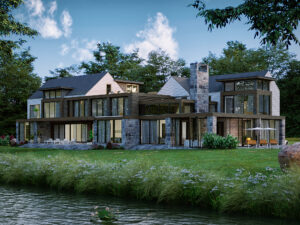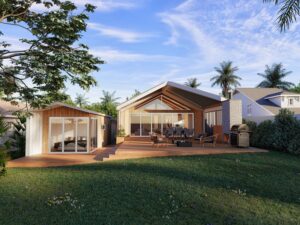Today’s building or home architecture is not like before. Now, we have steadfast tools like architectural rendering.
Do you ever wonder how professionals do it?
If not, you are in the right place.
Let’s consider you are a 3d interior rendering services architect and you will follow this guide to create an incredible masterpiece.

- Begin Sketching your Idea
- Add some Guidelines & Design Elements

- Repeat the Entire process for Side View
- Model the Front side, add lines & design elements
- Apply Material
- Finally, Render





